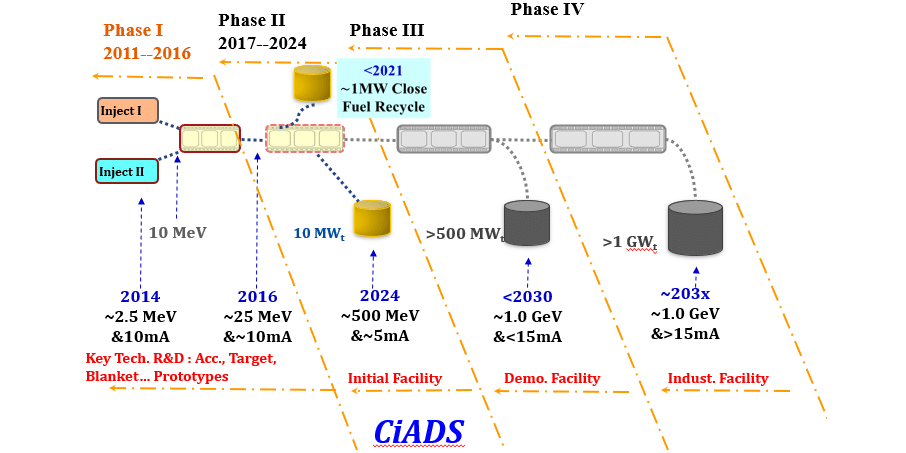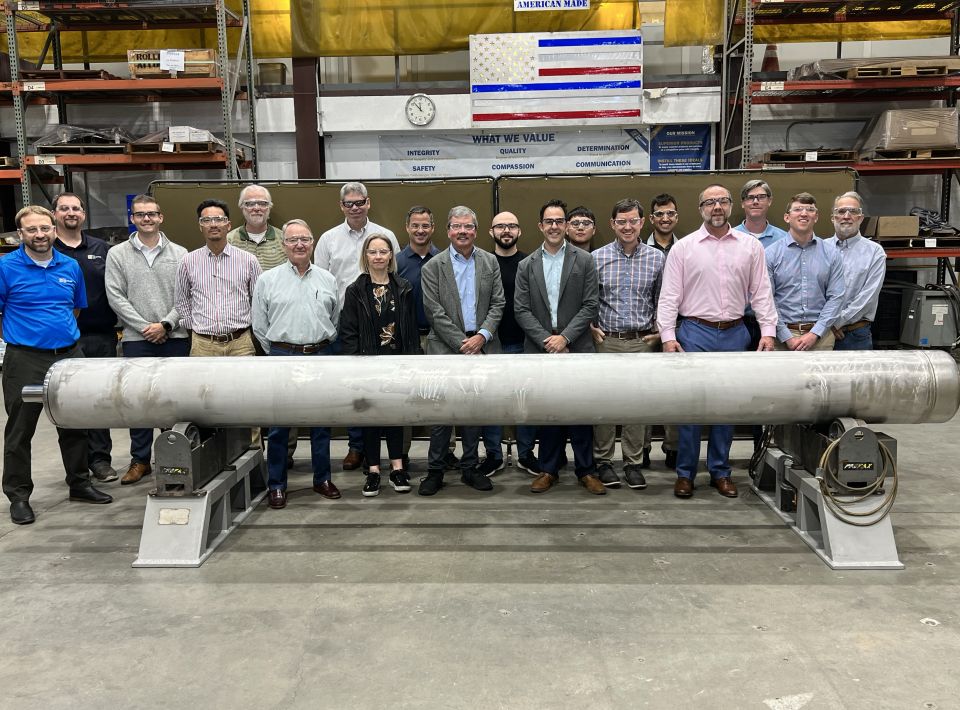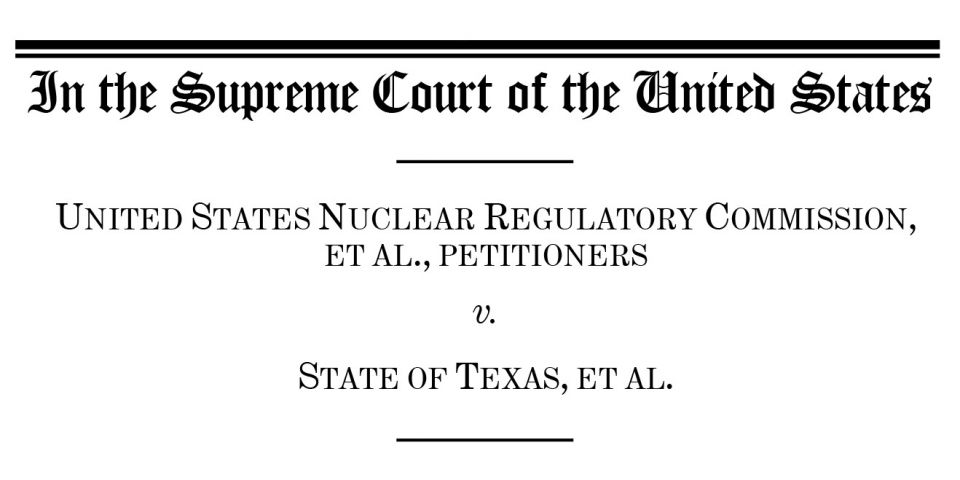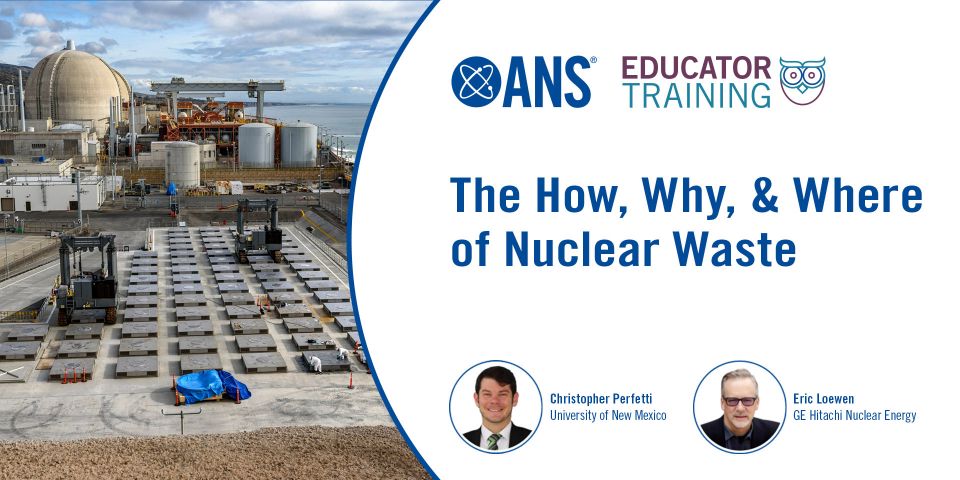Roadmap for the China Initiative Accelerator-Driven System project development. (Image: Zhijun Wang/CAS)
Researchers at the Chinese Academy of Sciences’ Institute of Modern Physics are making strides with their China Initiative Accelerator-Driven System (CiADS) technology, which is being developed to get more life out of used nuclear fuel. Defense One, an online news source that focuses on “the future of U.S. defense and national security,” describes the prototype system as a step in moving China toward energy independence and advancing that nation’s “global leadership in climate-friendly technology.”
Particle beam cannon: The prototype ADS consists of a proton accelerator, a spallation target, and a subcritical reactor. Protons generated by the accelerator’s “particle beam cannon” strike the heavy element in the target (“most likely bismuth”), which is surrounded by spent fuel and fissile material (“most likely thorium-232 or uranium-238”). The target then splits to release neutrons. The spent fuel absorbs these neutrons, creating fissile heavy isotopes that can be used as fresh nuclear fuel.
Reducing oil dependence: Defense One notes that the Chinese government views nuclear fission as crucial to achieving energy independence as the nation’s “inexorable demand for ever more energy places it in a precarious position.” China is described as the world’s second largest daily consumer of oil, most of which comes from imports from the Middle East. In order to reduce this foreign dependence, according to Defense One, China plans to spend $440 billion by 2035 to construct at least 150 new nuclear reactors. The government hopes that development of the CiADS technology will boost the recycling of the spent nuclear fuel from these reactors.
Contrast with U.S.: Set next to China’s massive investment in advanced nuclear technology, the U.S. looks like a laggard. Defense One states that the Department of Energy has awarded less than $900 million “to improve nuclear infrastructure and resilience” since 2009, although there “may be additional money for nuclear projects in the DOE’s $20 billion Office of Clean Energy Demonstrations, intended to innovate new energy sources.”




 rotated.jpg)




